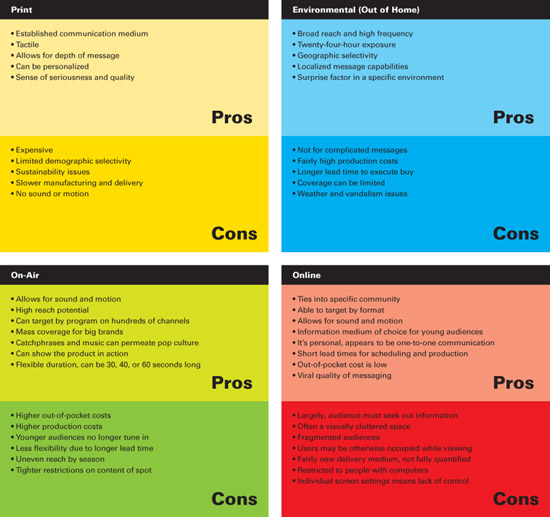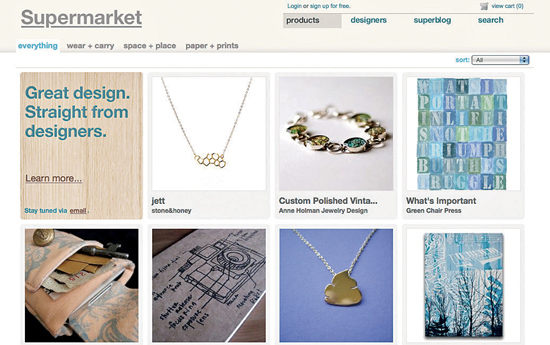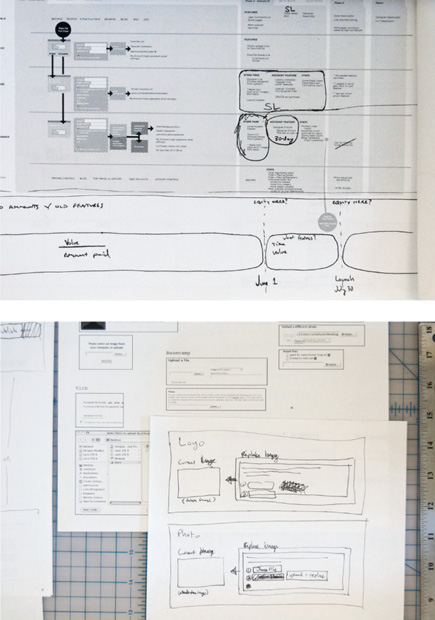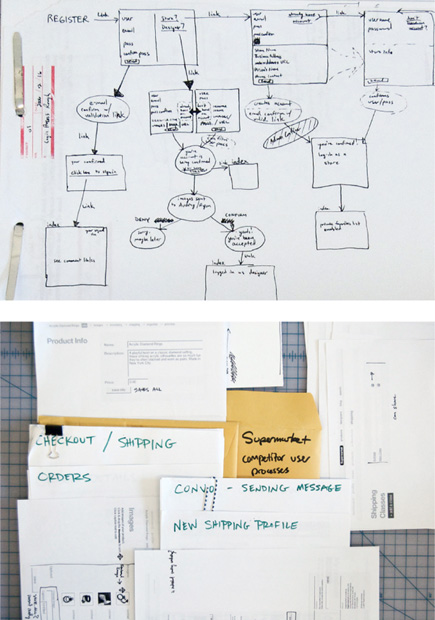Chapter 3
Design-Centric Research
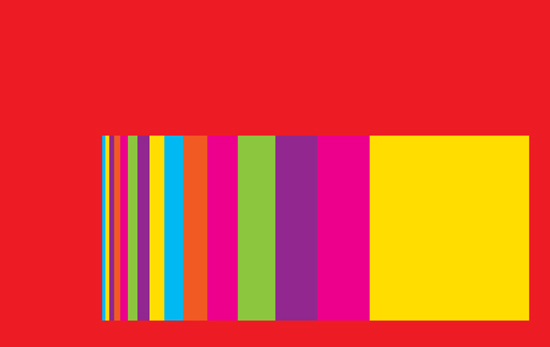
Research Methods
Context is critical to design, and it is critical to the research that aids design. However, exactly which type of research to employ is often debated by clients and designers. Over the years, different research methods have been in favor, including the following.
1 Traditional Market Research
Broadly speaking, market research is any organized effort to gather information about customers. Some methods traditionally used include
• Demographics: looking at quantifiable statistical data that describes a group of people or target market segment.
• Focus groups: where a group of people from the target market are led in a discussion to solicit opinions and reactions.
• Psychographics: a means of evaluating subjective beliefs, preferences, and opinions. It seeks to determine why people do what they do.
2 Ethnographic Research
Ethnography is a type of research rooted in anthropology that looks at the links between culture and human behavior. Viewed both from a group’s or individual’s perspective, these research observations describe people based on thought, behavior, and actions. Some methods include
• Observational research views and records behavior without interacting with or questioning people.
• Visual anthropology allows a trained researcher to photograph or review photos and visual reference materials in order to draw conclusions about people.
• Photo ethnology requires that the people being studied photograph or record themselves, revealing their preferences and behaviors.
3 User Experience Research
This type of research measures the ability of a product or service to meet the needs of the end-user. Sometimes called “testing” or “usability testing,” it lets researchers view behavior directly. Some methods include
• Observational research views and records people as they interact with a product or service. Often used as validation for design concepts.
• Web analytics track users behavior on a website using quantitative metrics built into the site. These statistics measure a set of variables and illustrate the user interaction with website content.
• Personas are a theoretical method of developing hypothetical users for a product or service that springs from the discipline of interactive design. An archetype or hypothetical perfect user is created, then their motivations, lifestyles, and expectations are examined.
4 Classic Design Research
Mostly, information gathered first-hand by the designer through visual review and subjective analysis. Methods include
• Visual audits: review of client and/or competitor products and services plus their related designed materials, in situ. Observations are typically photographed.
• Prototype testing: creating iterations of a design, making a mock-up or prototype, using it, and making refinements as necessary.
• Participation: the designer personally experiences the product or service for themselves and records impressions and insights.
5 Blended Research
Some form of subjective and objective, qualitative and quantitative, field and lab methods are used. Typically, a little bit of each of the research methodologies listed above is completed and analyzed.
Case Study in Design-Centric Research
Culture Advertising Design / Atlanta, Georgia USA
Culture AD has been providing services in the field of advertising and design since 2001. The agency parses the aesthetic and strategic aspects of graphic design and combines them with the experience and insights of advertising to create relevant visual, tactical, and vital marketing tools. Headed by creative director Craig Brimm, their work targets African Americans as well as general-market consumers. Culture AD’s approach to design is about moving brands ahead through relevant concepts and visuals. Brimm says, “Today’s society is moving so fast, and we receive messages so quickly and frequently, that it is essential for brands to evolve so they do not fall victim to circumstance.” To inform their work, the agency brings creativity, market insights, and human behavior expertise.
African Pride
African Pride is a beauty brand within Colomer USA. Formerly Revlon Professional Products, Colomer USA makes and markets a variety of heath and beauty products, specializing in ethnic hair care primarily marketed to African American and Hispanic consumers. Over the years, African Pride had many improvements to its relaxer formula, as well as expanded its hair-care maintenance offerings. Culture AD was tasked with creating a package design, which was a portion of a brand restaging that also included print advertising, a thirty-second theater commercial, and a seven-minute in-store promotional video. The target audience is African American women ages eighteen to twenty-five years old. “Our approach was to add a little sophistication to a market that is often under valued for it’s savvy and knowledgeable pursuit of hair-care products,” explains Brimm. “This distinct market is avid in their research and conversations about hair, hair health, hair care and product selection. All of this led to creating packaging and advertising that didn’t pander to the lowest common themes. Instead, we took the path that met them where their psychographic profile said their understanding was best acclimated. That was to offer full disclosure of natural ingredients, inherent properties of said ingredients, and ultimate hair health and styling benefits.” The resulting design has a youthful, vibrant look.
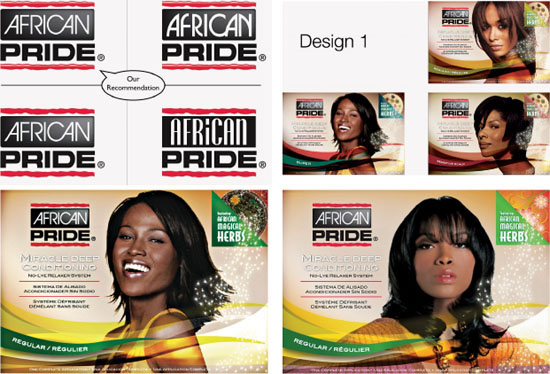


Urban Intelligence: itsTMI.com
Urban Intelligence is a video production and digital music distribution company that also owns and runs www.itsTMI.com, the urban youth news/gossip website. The owner, Terrance Moore III, is a college-aged entrepreneur, who gathers, records, presents, narrates, and discusses the site’s content. Culture AD’s challenge was to create an identity and website that melds two separate businesses into one cohesively branded entity. “To do this,” Brimm says, “allow for experimentation of visual elements and the natural evolution of the brand’s iterations.”
Readers Make Leaders
Trying to reach urban teenagers and convince them of the value of reading is the mission of the nonprofit literacy group, Readers Make Leaders. The organization needed a brand identity that would present a more professional image to donors, as well as catch the eye of the children it served. “The target market was urban high school students ages fourteen to nineteen years old,” notes Culture AD agency manager, Brooke Brimm. “We know this demographic to be vastly underestimated as far as the intellect, habits, and collective consciousness. They are intimately aware of their surroundings, the way they are perceived, as well as their enormous power and influence on world culture.” Culture AD’s design co-opts fashion trends, imbuing relevant iconography with a relaxed sense of excellence.
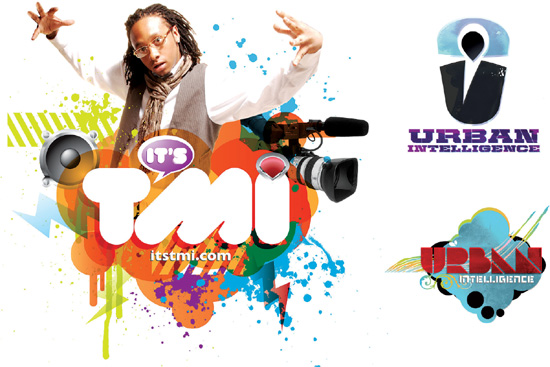
Creme of Nature
Creme of Nature Professional is another brand of the Colomer Group, the international health and beauty product company. Well-established in the ethnic hair care industry, Creme of Nature Professional products have been sold for over thirty years to hair care professionals, as well as home-application consumers. Culture AD created point of purchase, public relations materials, and a poster, which was also adapted as a print advertising campaign, targeted to African American women ages twenty-five to fifty-five years old. “Ethnic hair care is one of the most dense, complicated, and misunderstood marketing category in existence today,” says Brimm. “The marketplace is fraught with issues as complex as battling urban myths and incorrect assumptions to multiple brands with questionable efficacies and crowded shelves with inconsistent product placement.
The messaging in ethnic hair care has to be more than direct. It must be laser focused while being markedly honest. We had to do more than allude to natural ingredients. We had to verify the quality of those ingredients and underscore their level of purity.” As a result, the design expresses reliability and commitment to healthy hair.

Research Aligns and Focuses Design
The scale and complexity of the design research typically depends on several factors. The more research available to a designer, the better their decision making can be.
Key Factors for Deciding Research Method
The research method, as well as the scope of this research, typically depends on several things:
• Client’s category of product or service
• Budget
• What is being researched
• Number of people being studied
• Time frame
Typically, it is the large consumer product categories that invest the most resources into research, because of the vast amounts of money invested overall. While boutique service companies spend the least, perhaps because they are often more personally involved with their customers and feel they already understand them.
Ways to Look at Research
Research is considered to be either
• Quantitative, which measures objective numerical, or fact-based, data; or
• Qualitative, which focuses on subjective data, like thoughts, feelings, motivation, and other qualities that describe people.
In addition, research can be
• Primary, which is information that is gained directly and is commissioned by the client for this purpose; or
• Secondary, which is information obtained indirectly by studying existing data from a variety of sources.
Designers use both or either. It depends on their individual practices whether or not they are involved in commissioning research studies. At the very least, they all do their own observational research of a cursory nature when they study the existing client branding and literature, try to buy or use the product/service, and check out what the competition is doing.
Visualizing Research
Creating pie charts, diagrams, and comparison tables allows both designer and client to make sense of the information. What do they find useful? What is not? These things become more apparent when diagrammed.
Why Research Matters
Research facilitates and focuses design. This is important because through organized investigation, clients and designers can define and understand the following:
• The actual problem
• Realistic objectives
• The context
• The consumer/audience
• Purchasing decisions
• Behavior/use
• The competition
• Verbal/visual language
All of this helps designers make better concepts and improve on the design process by streamlining their explorations. The many design possibilities can effectively be narrowed down, allowing better-informed design direction that ultimately speed workflow. Good research helps eliminate bad, or simply wrong, design concepts.
Defining the Audience: Demographics and Ethnography
People are complex, and figuring them out is no small task. So much of creating effective design is getting the right message to the right people in the right way. For that reason, discovering and understanding the audience is essential.
Identity, Culture, and Experience
When we think about how people can be described, so many means and measurements come to mind. However, these fall roughly into three categories: identity, culture, and experience. Identity is composed of things that relate specifically to an individual, such as a person’s gender, race, age, memberships, or profession. These things are clear facts, and often compiled as statistical data. They can be obtained using demographic research. Culture is a set of factors that describe a person as existing in relation to a group of others—their traditions, nationality, social norms, and religion. These are the characteristics derived from ethnographic research. Finally, experience relates to both individual and group factors: How does a person think and feel? What are their aspirations? How do they make decisions? These qualities can be studied using psychographic research.
Demographics
Characteristics that are readily quantified can produce a fact-based profile of any person. The relevant information that can help designers:
• Gender
• Age
• Race
• Ethnicity
• Education level
• Marital status
• Family size
• Income level
• Number of earners in the household
• Employment status
• Own or rent home
• Amount spent on this product/service category
• Frequency of use/purchase of this product/service
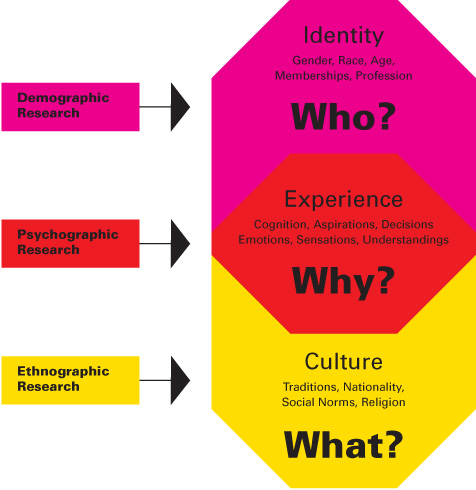
Ethnographic Research Process
Ethnography
Sometimes called “field studies” or “case reports,” ethnographic studies are holistic since they look at people in their natural environment, not in a laboratory.
For the most part, ethnographic research is done as direct, first-hand observation of daily behavior. Anthropologists and sociologists conduct this kind of research regularly. Increasingly, designers are participating in ethnography as part of their practice as well. The American Institute of Graphic Arts (AIGA) partnered with Cheskin, a California-based consulting firm to develop the 2008 AIGA report called An Ethnography Primer. (The chart, left, is adapted from the process steps outlined in this report.) Designers are encouraged to adopt this research method as a professional service or complement to their own offerings. Some designers even call this style of research “design-based research.”
Ethnography dissects a person’s culture and what he believes and values. What are the clues, gestures, and language he uses to interact and communicate with others? What is the ethos of this culture? When this data is translated to design, it answers the question: What is the world view and how does it influence, and dictate the thoughts and behaviors of people within the client’s target audience?
To do ethnographic research well requires having patience, being unobtrusively observant, and meticulously recording what is seen. The resulting information garnered must be scrutinized and analyzed precisely to make meaningful connections and insights. At its best, ethnography reveals opportunities and nascent trends and lets designers see how the target audience views itself.

Defining the Audience: Psychographics

Another way to define an audience is through Psychographic Research. Psychographics explores factors that deal with a person’s motivations—the “whys?” of behavior. The kind of information researched:
Personality type
![]() Buying habits
Buying habits
![]() Goals and aspirations
Goals and aspirations
![]() Special interests
Special interests
![]() Lifestyle choices
Lifestyle choices
The research is obtained and is looked at using a variety of methods, including formal surveys and questionnaires, virtual and/or actual live focus groups, and software that captures customer data and matches it against consumer types and groups.
Advantages of Using Psychographics:
• Helps address the emotional factors that motivate customers
• Classifies customers according to some combination of these variables: activities, interests, and opinions
• Assists in understanding which attributes of a product or service resonate with customers
• Shows customers’ predisposition toward purchasing the product or service
Disadvantages of Using Psychographics:
• Can be expensive to do a proper survey
• Target audiences for some products or services may come from a cross section of psychographic profiles, so several groups may need to be studied
• Critics complain that these studies are complicated and lack proper theoretical underpinning
VALS: Values and Lifestyle Categories
Using psychographics helps determine what type of person is most likely to respond to a client’s product or service. A good study will show who these people are, as well as their needs and preferences. The Stanford Research Institute (SRI) has developed a psychographic categorization system called VALS (for “Values and Lifestyles”) that breaks people into eight different clearly defined types are shown on the opposite page.
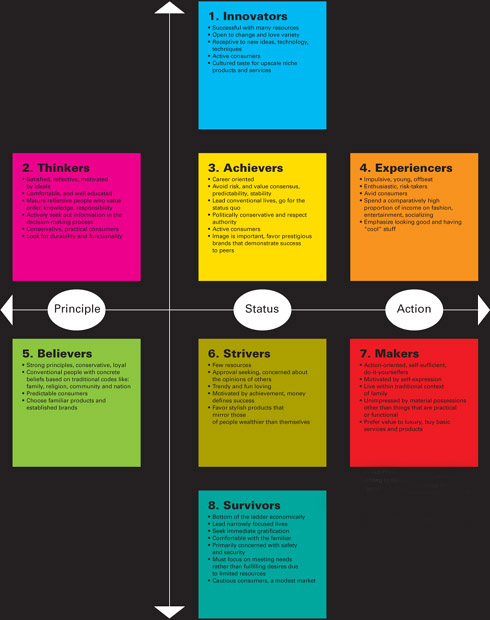
Delivery Medium
Every type of media has its own unique advantages and disadvantages. In this age of constant bombardment, a critical decision for the designer is which medium to use in order to serve the client’s objectives, schedule, and budget. Here are a few options:
